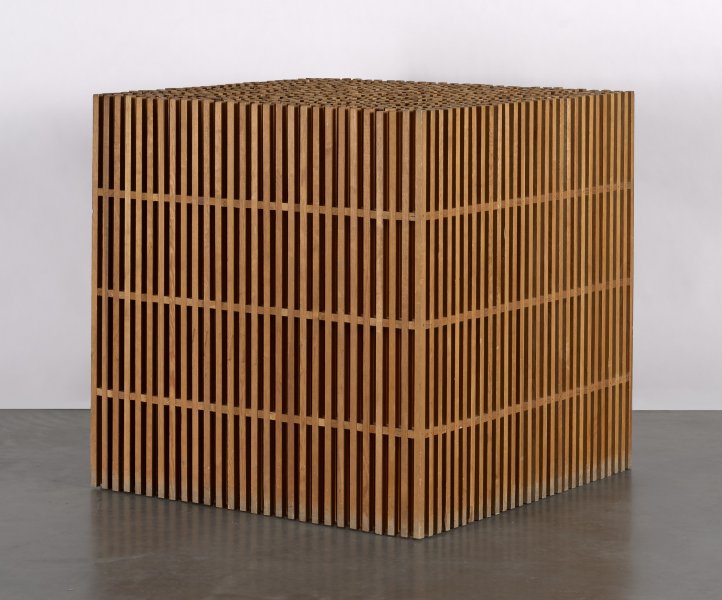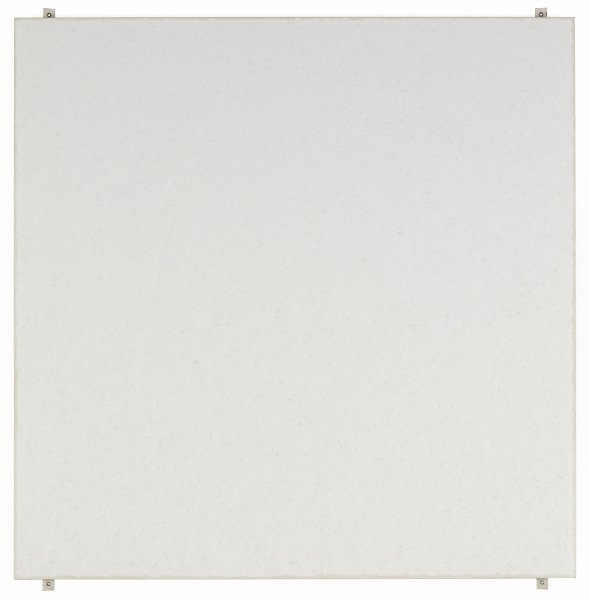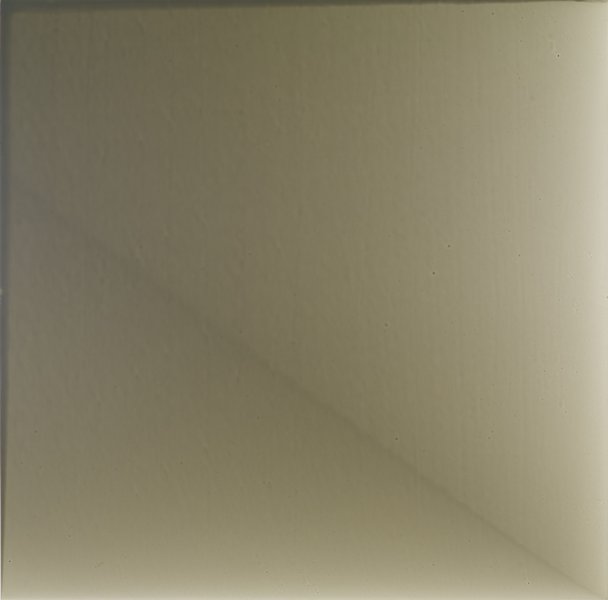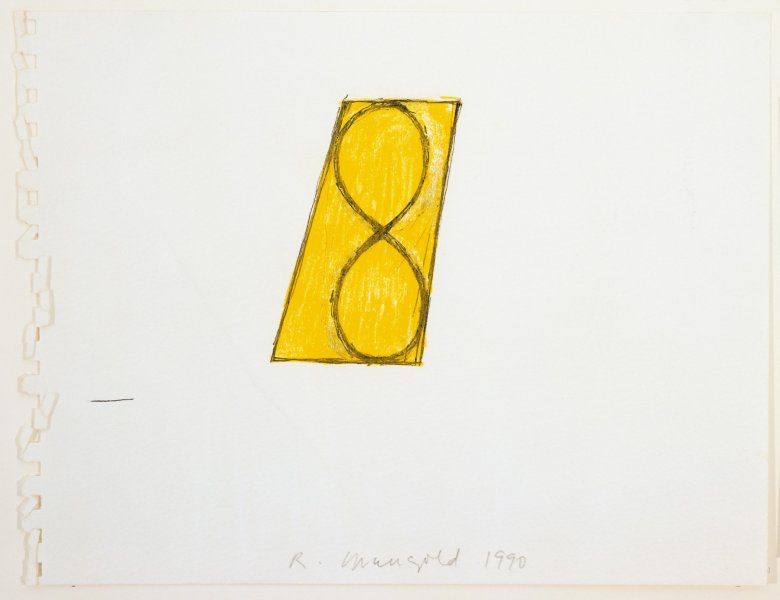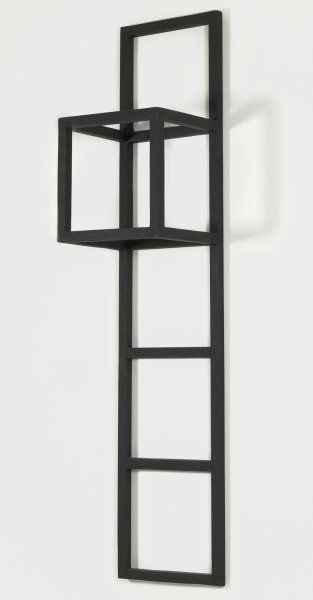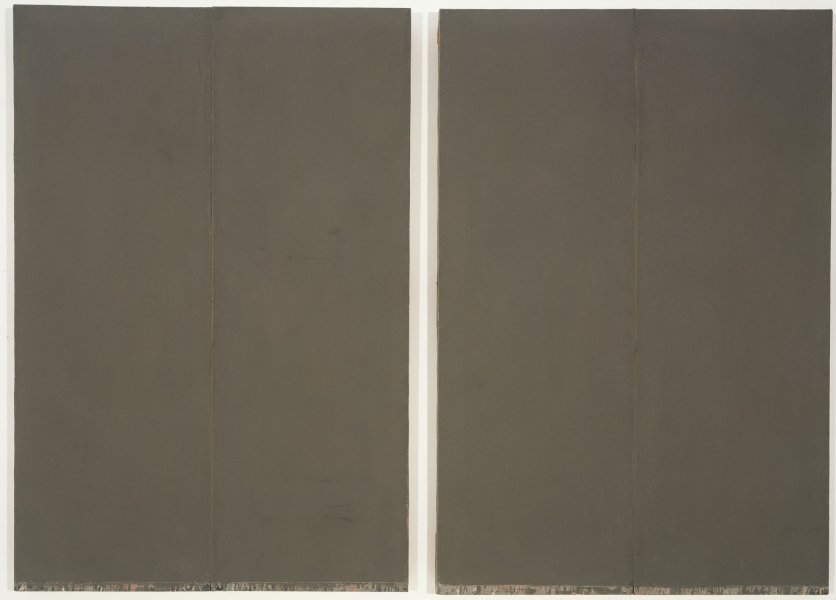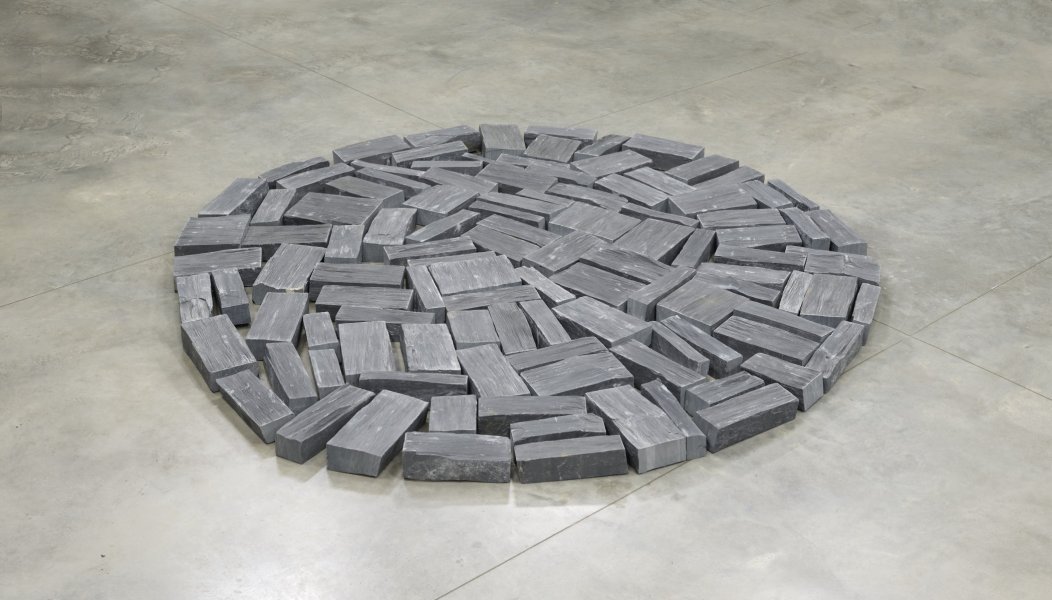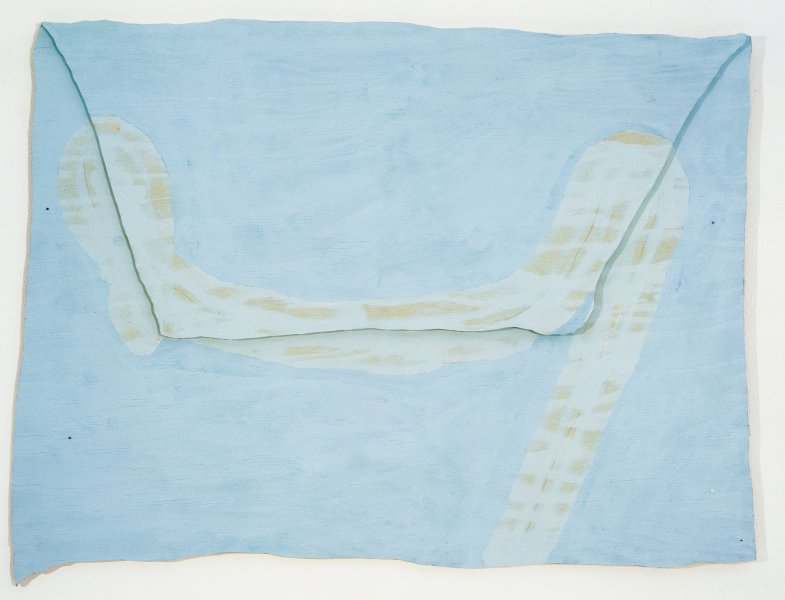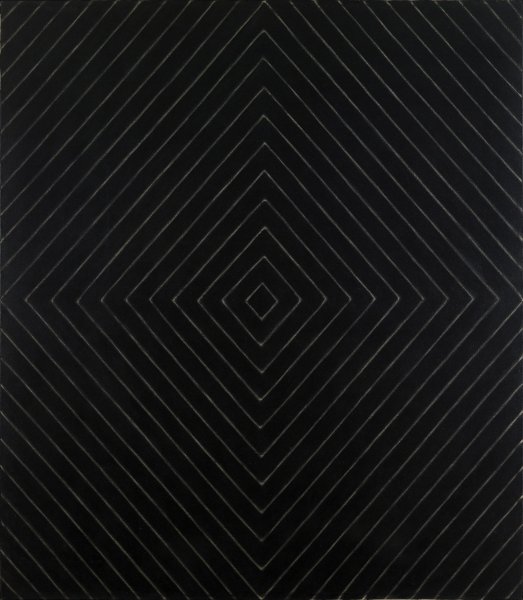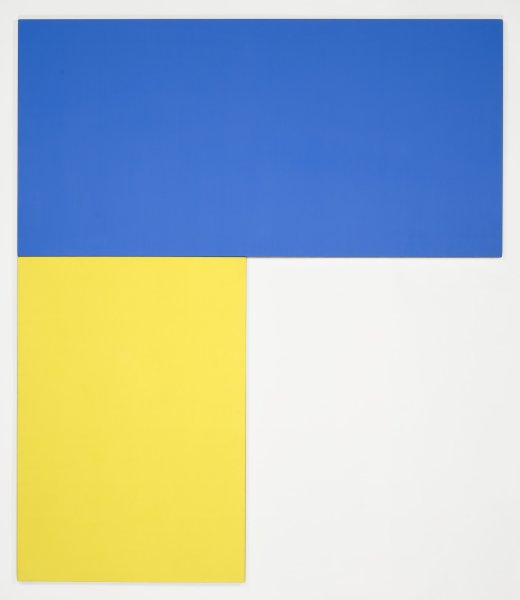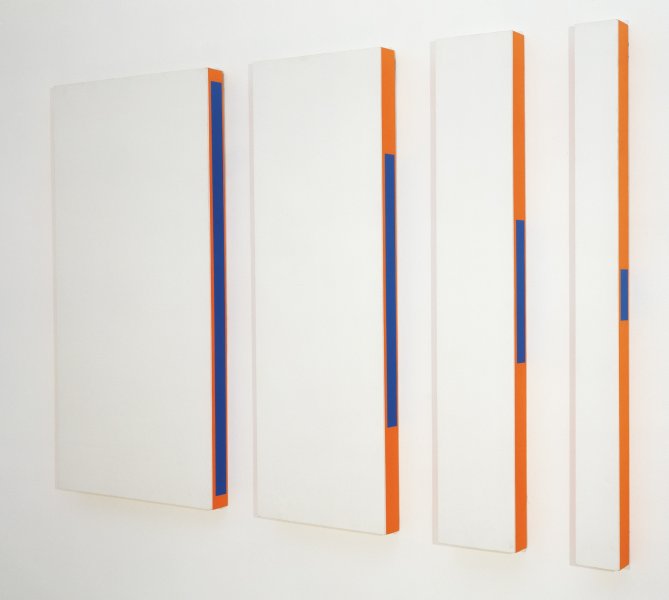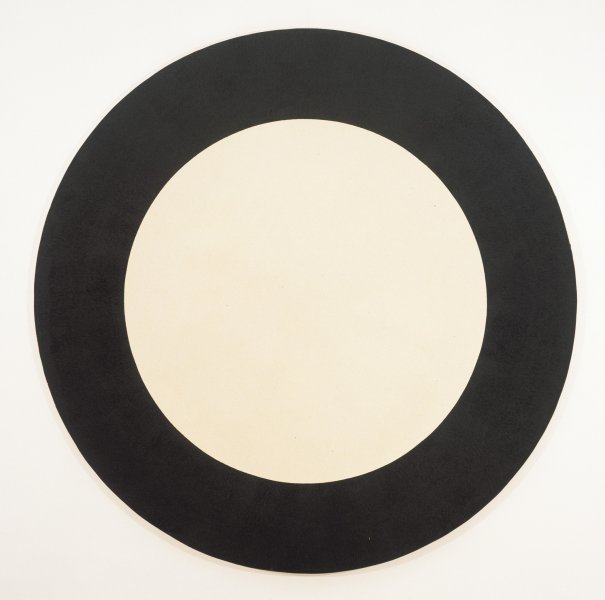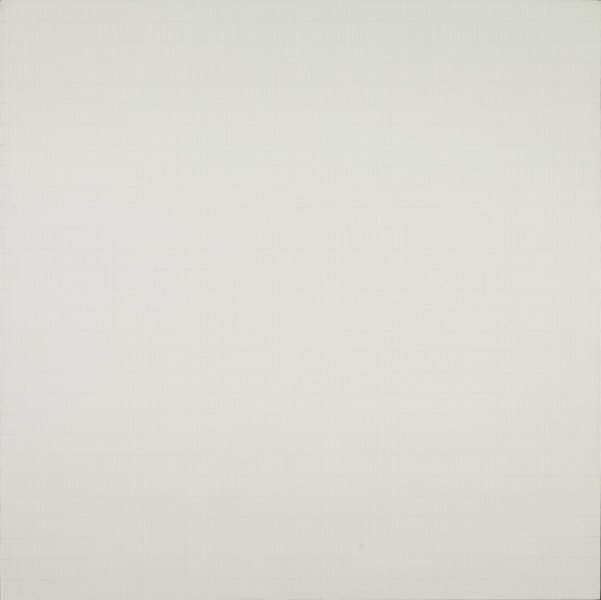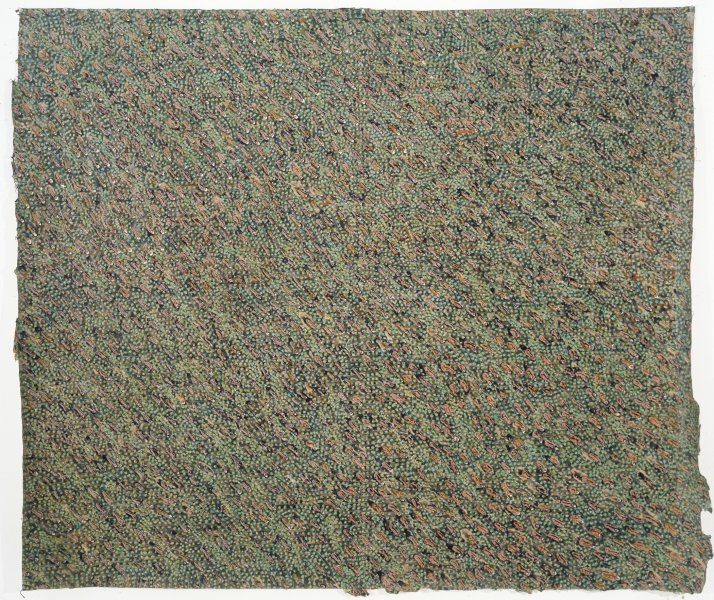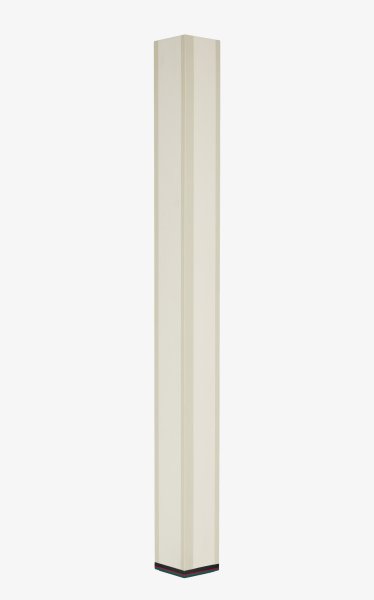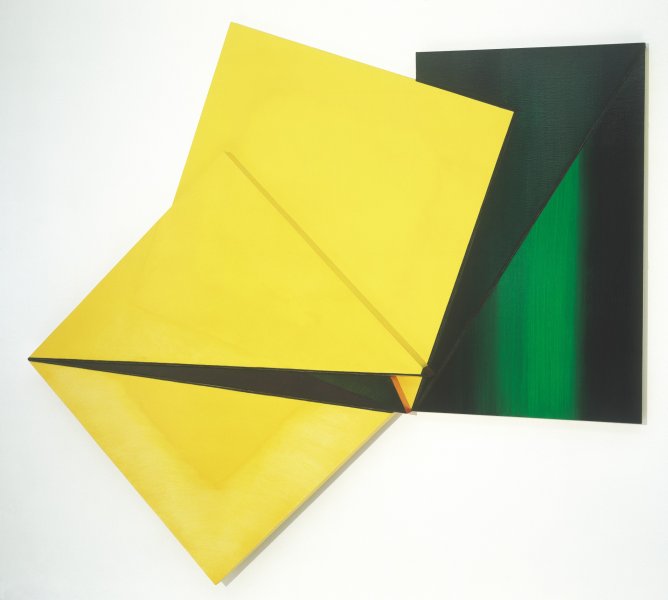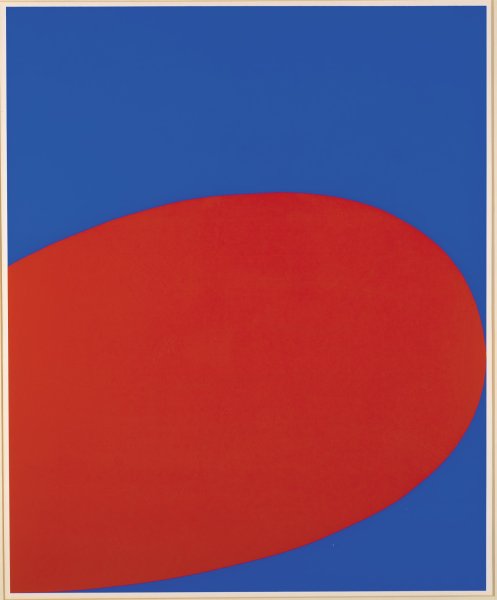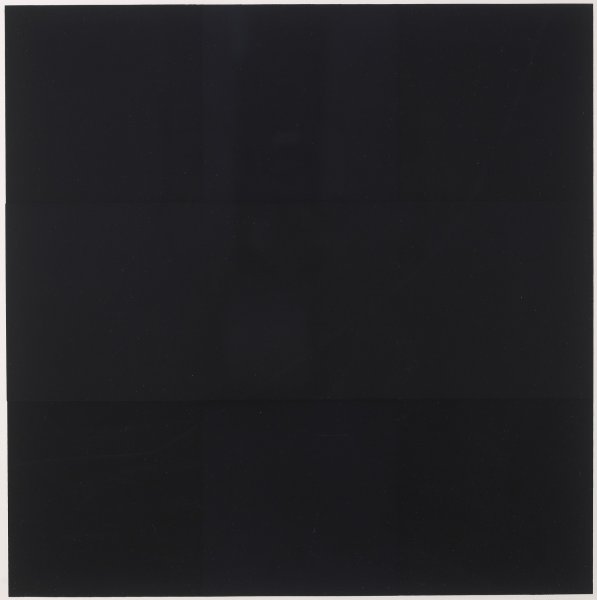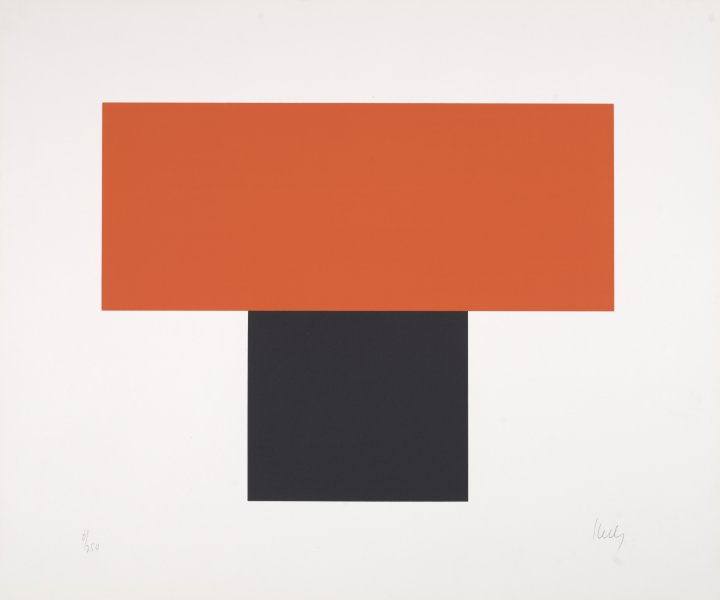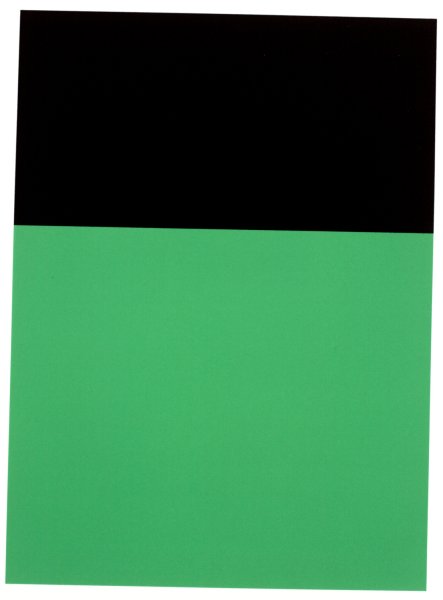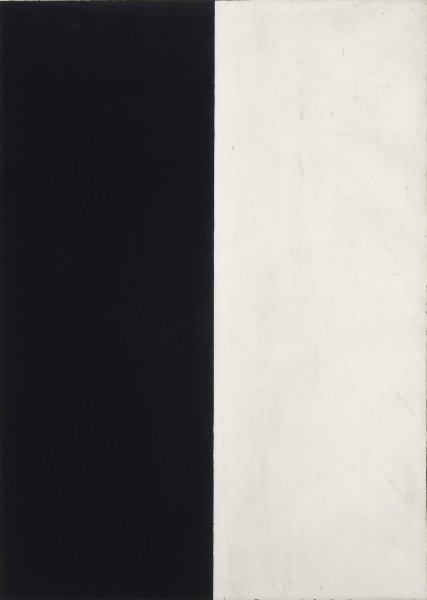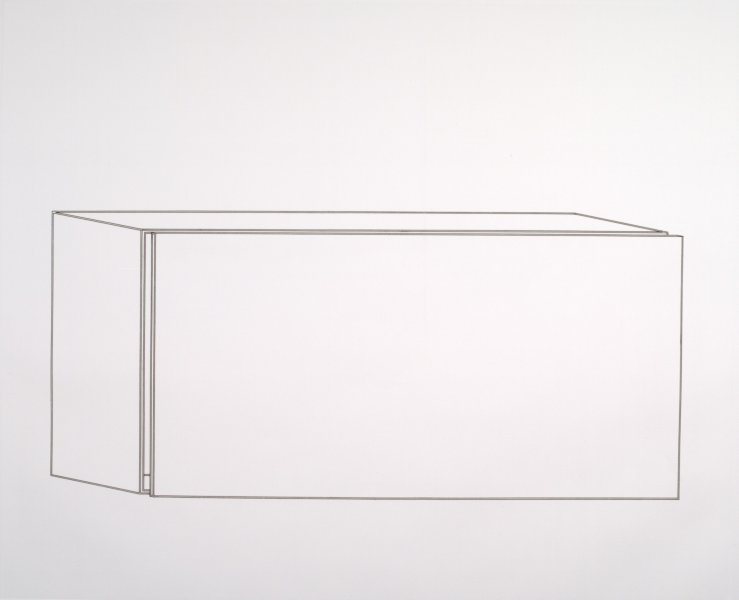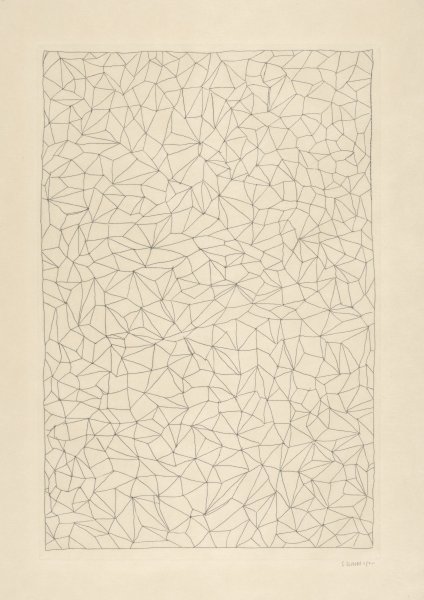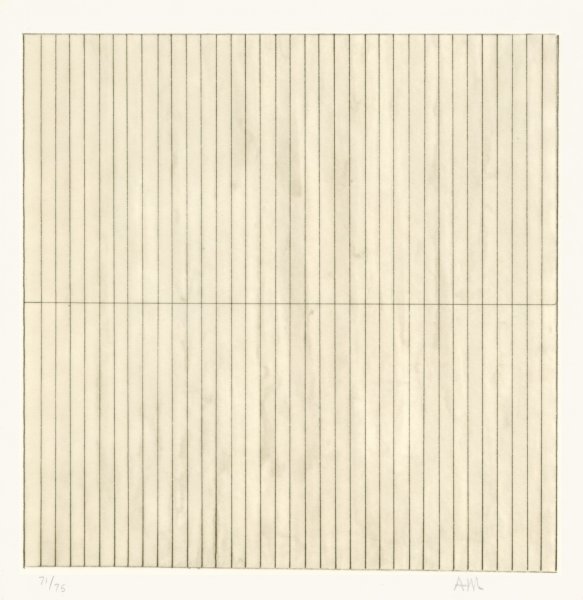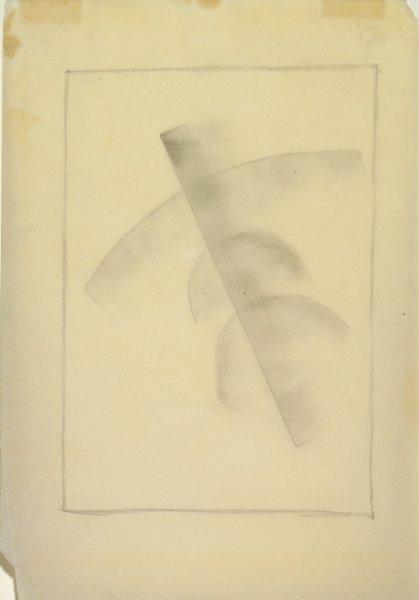Next to Nothing: Minimalist Works from Albright-Knox Art Gallery
Saturday, November 21, 1998–Sunday, January 17, 1999

Installation view of Next to Nothing: Minimalist Works from Albright-Knox Art Gallery. Photograph by Tom Loonan.
University at Buffalo Anderson Gallery
Next to Nothing showcased the museum’s comprehensive holdings of minimalist art, the movement that sought to reduce painting and sculpture to its essentials. Turning away from the heroic gesture and artistic subjectivity of Abstract Expressionism and abandoning subject matter, decoration, and non-essential details, the minimalists concentrated on the basic principles of art making. Manipulating the internal formal properties of the work of art: shape, material, and surface, these artists focused on the natural properties of new art materials such as plastics and structured materials, mathematical and architectural relationships, and ultimately color and subtle surface variation.
The logical result of the century-long tradition of abstraction, Minimalism is the art historical designation for the work of highly politicized and intellectual artists who, beginning in the late 1960s, reduced the art object to the brink of extinction. Abandoning subject matter, decoration, and extraneous details, these artists concentrated on the basic principles of art making and the natural properties of new art materials such as plastics and structural metals. Among the artists included are Donald Judd, Carl Andre, Jackie Winsor, Agnes Martin, Robert Mangold, Eva Hesse, Ellsworth Kelly, Brice Marden, Richard Serra, and Dan Flavin. Next to Nothing offered new insight into the museum’s collection, and was accompanied by a Young People’s Guide.
The exhibition was presented at the Anderson Gallery, Martha Jackson Place, University at Buffalo, as some sections of the Albright-Knox Art Gallery was closed for renovation.
This exhibition was organized by Assistant Curator Claire Schneide
Related Artworks
No image available,
but we’re working on it
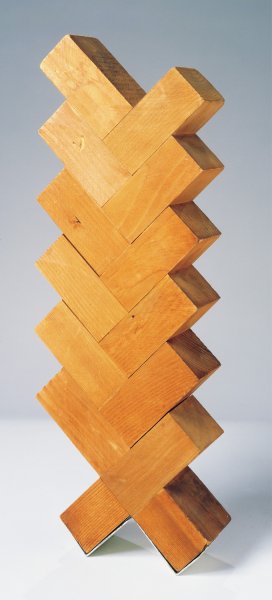
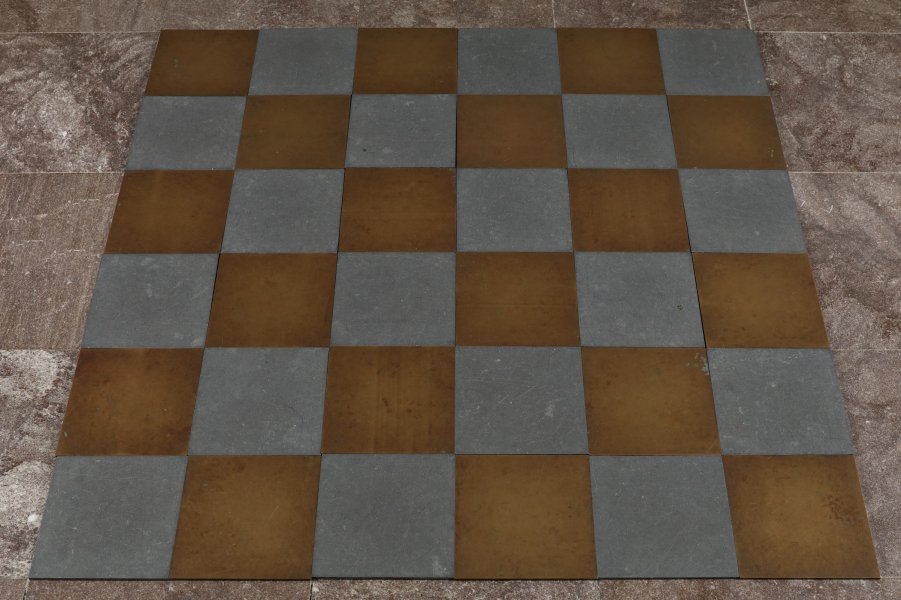
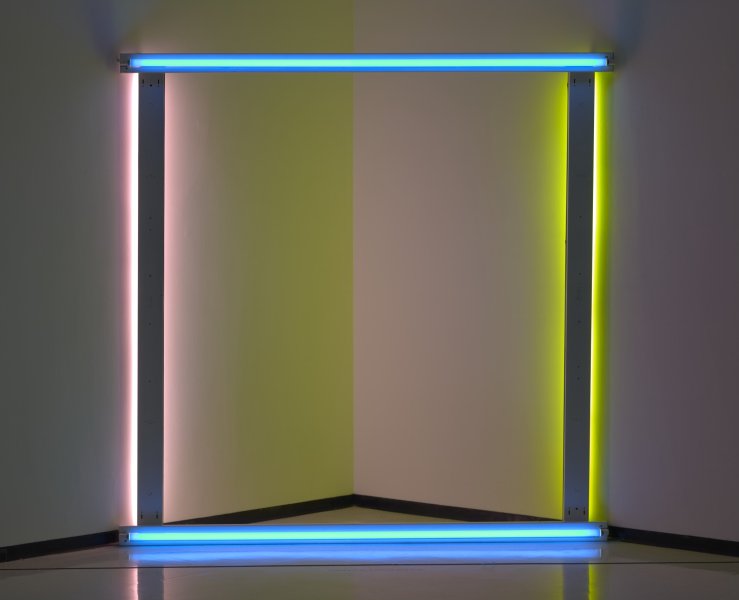
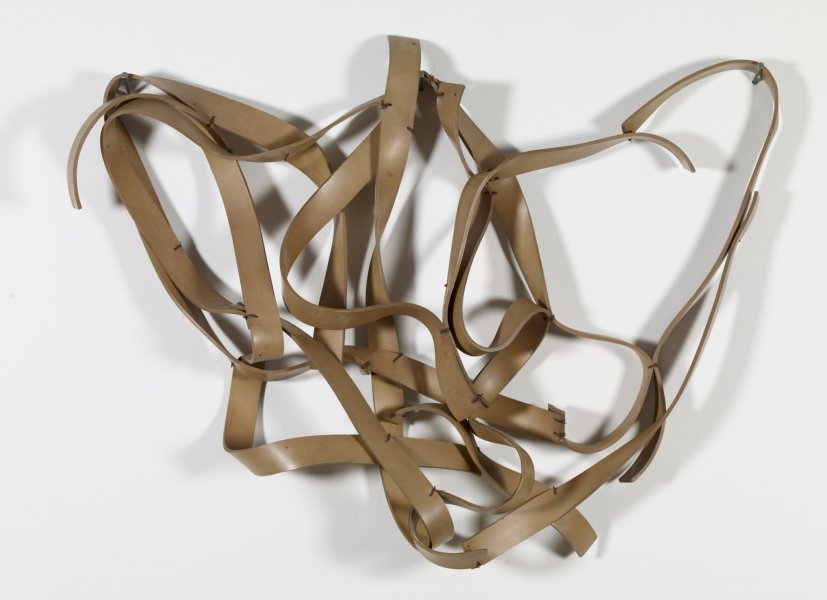
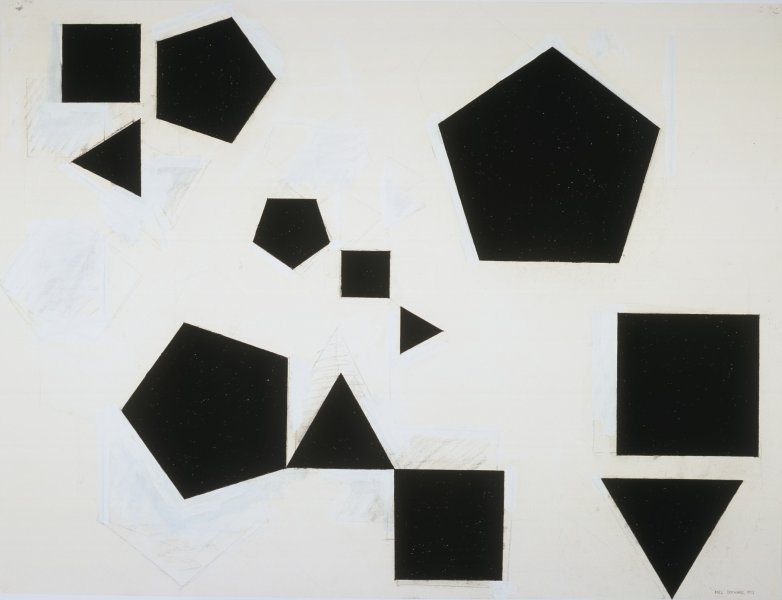
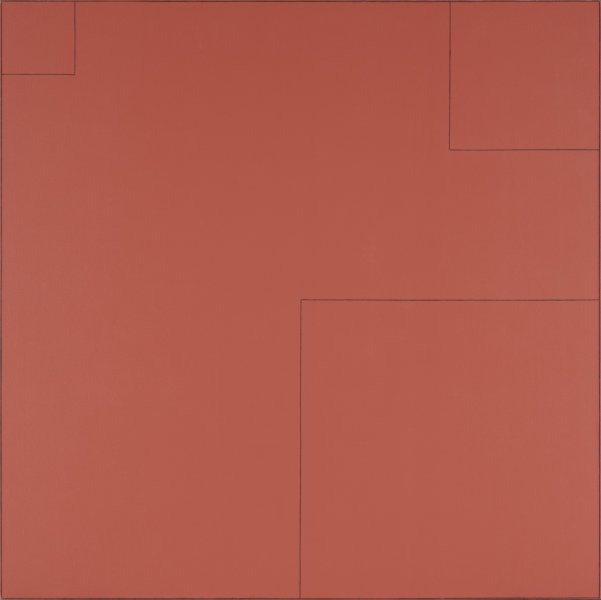
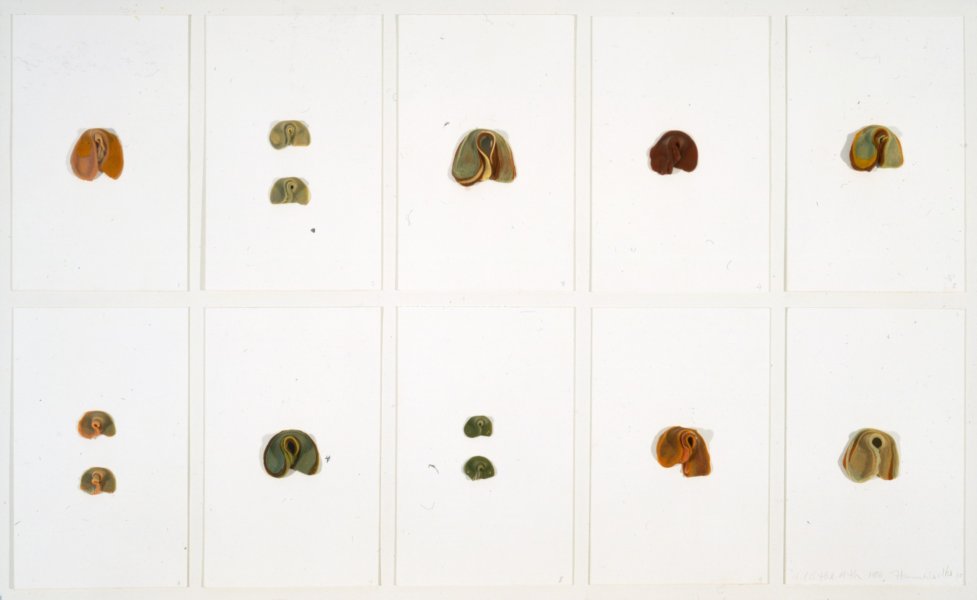
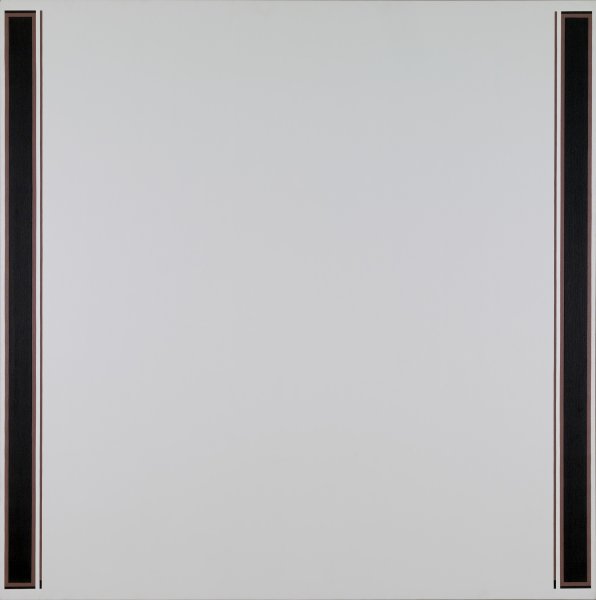
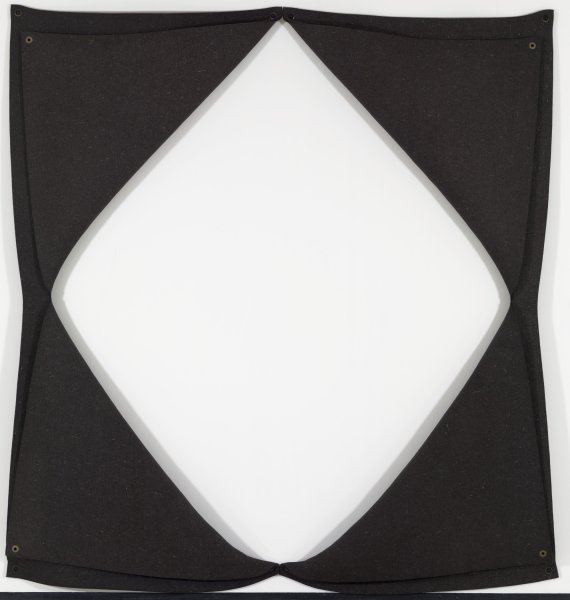
![[no title]](/sites/default/files/styles/callout_fixed_height/public/artwork/1978_005_o2.jpg?itok=HhIhpiJk)
